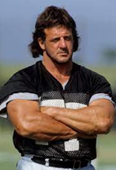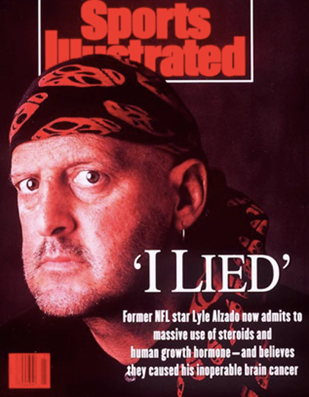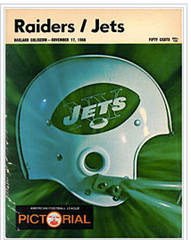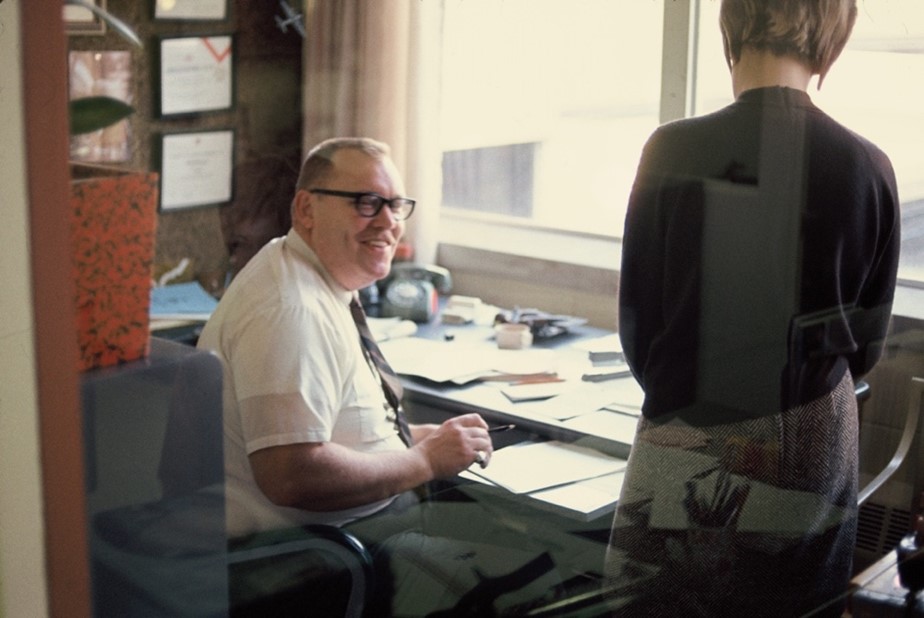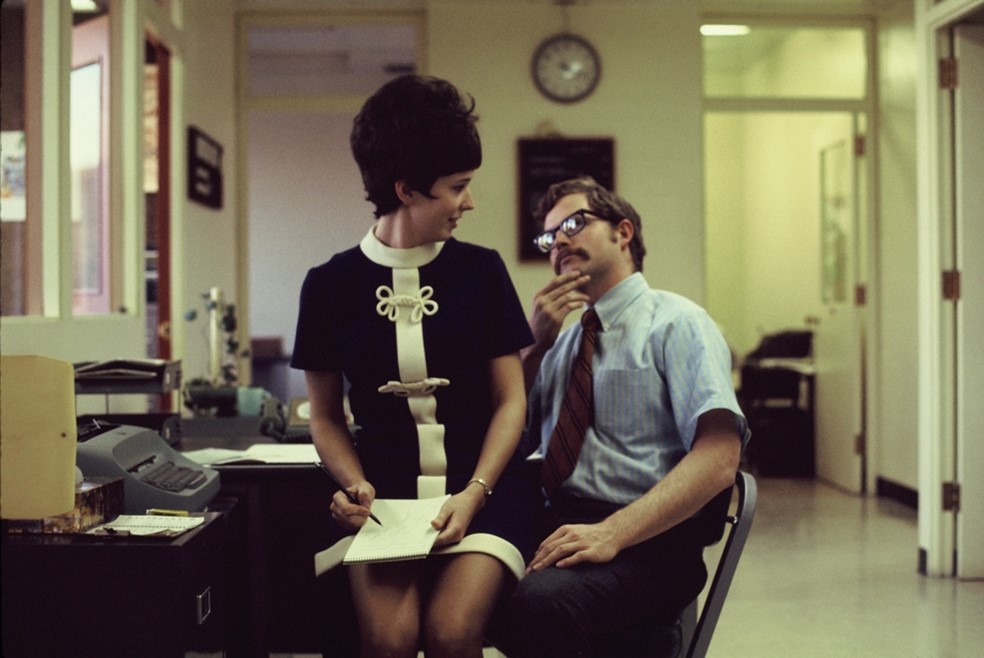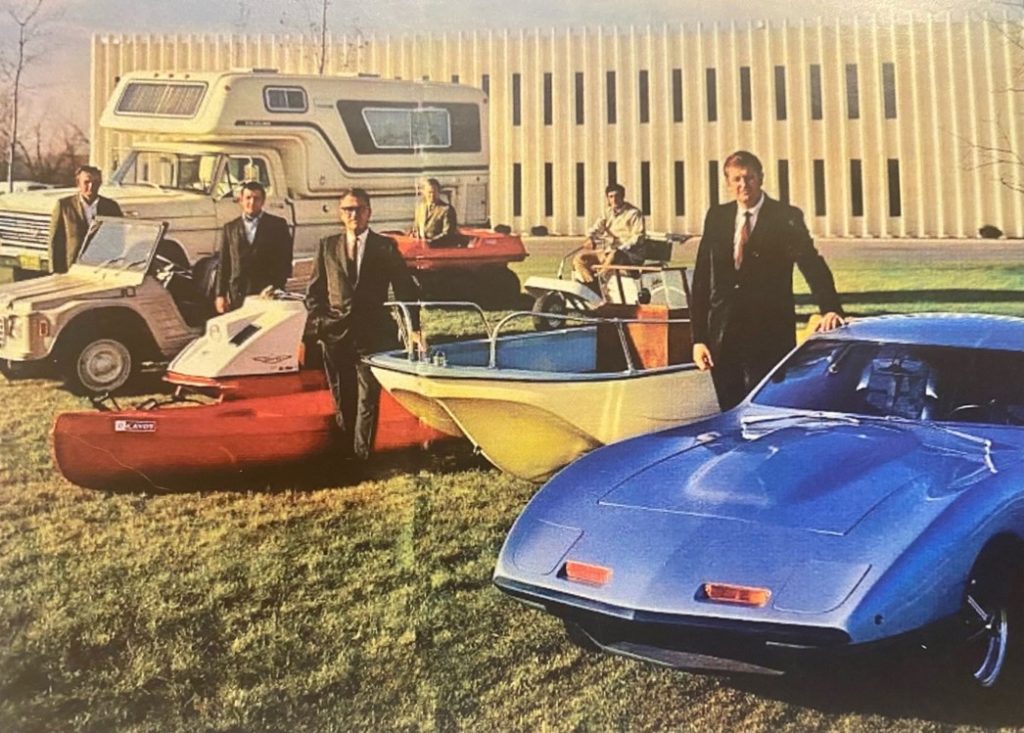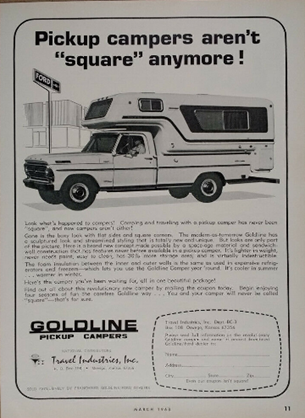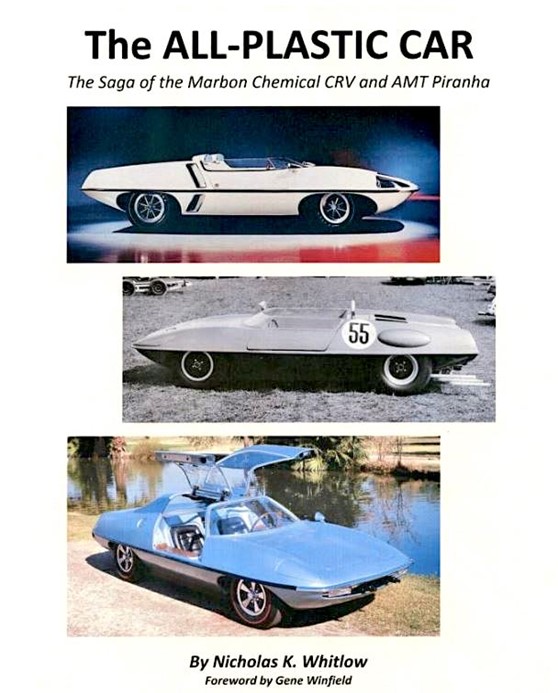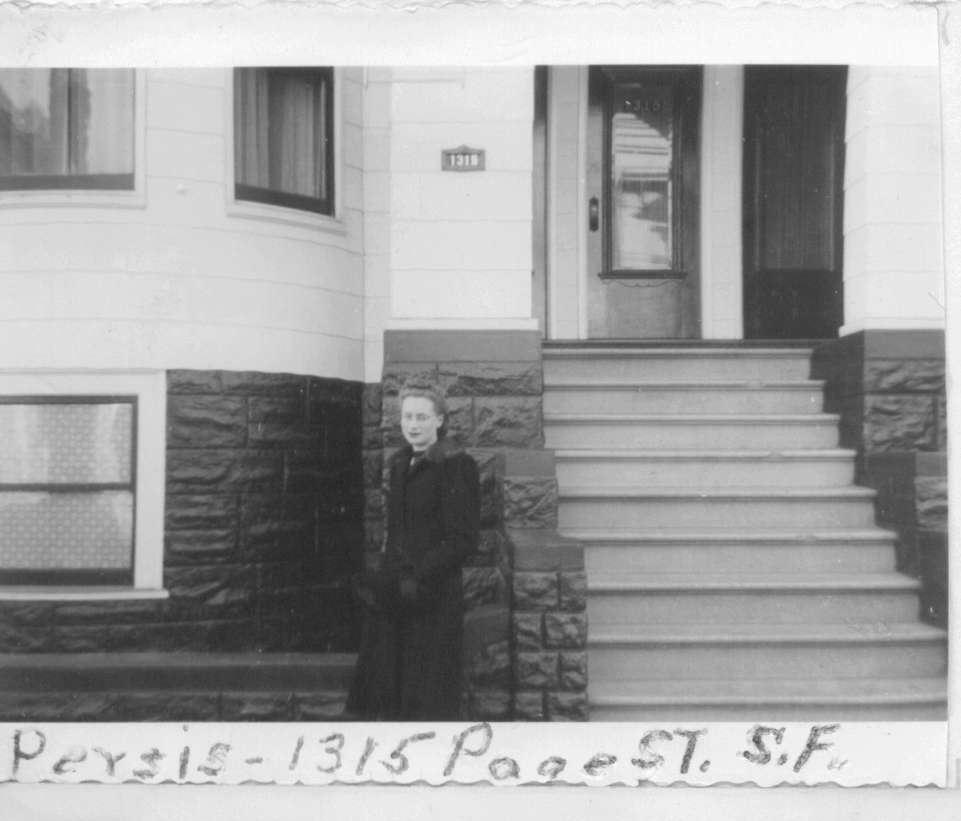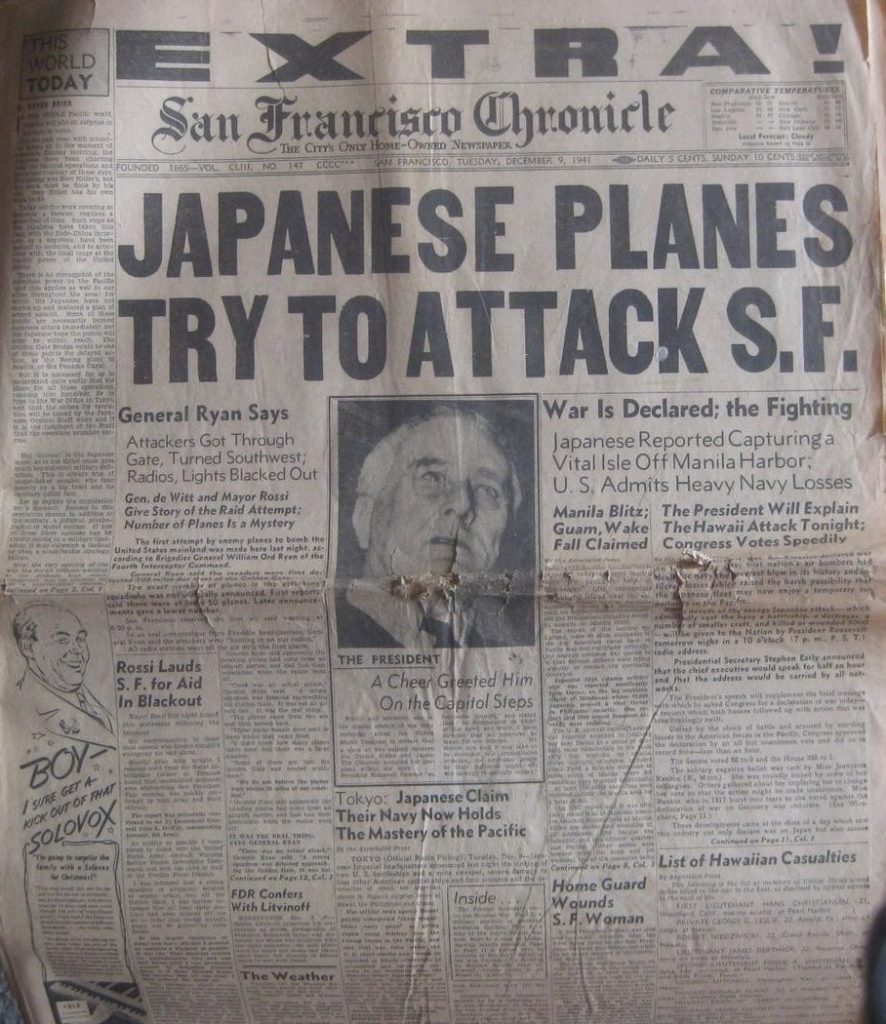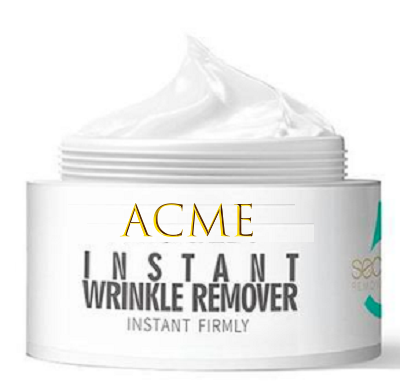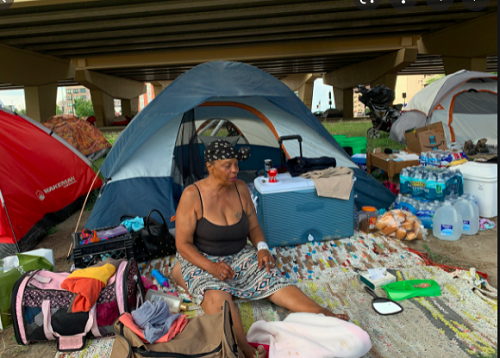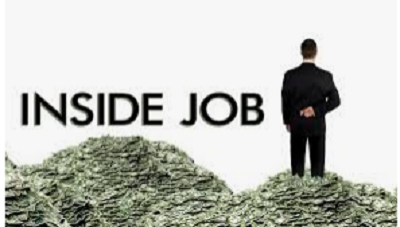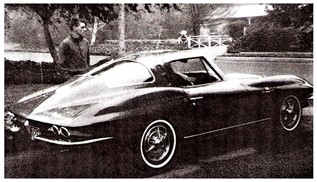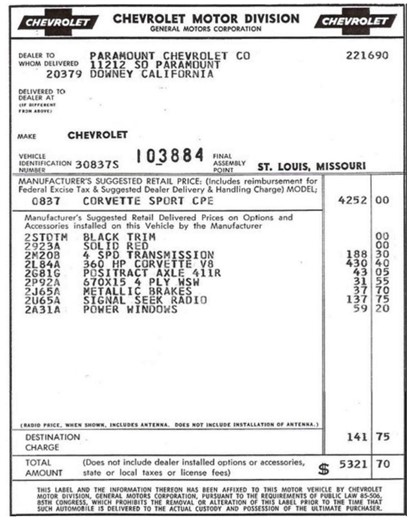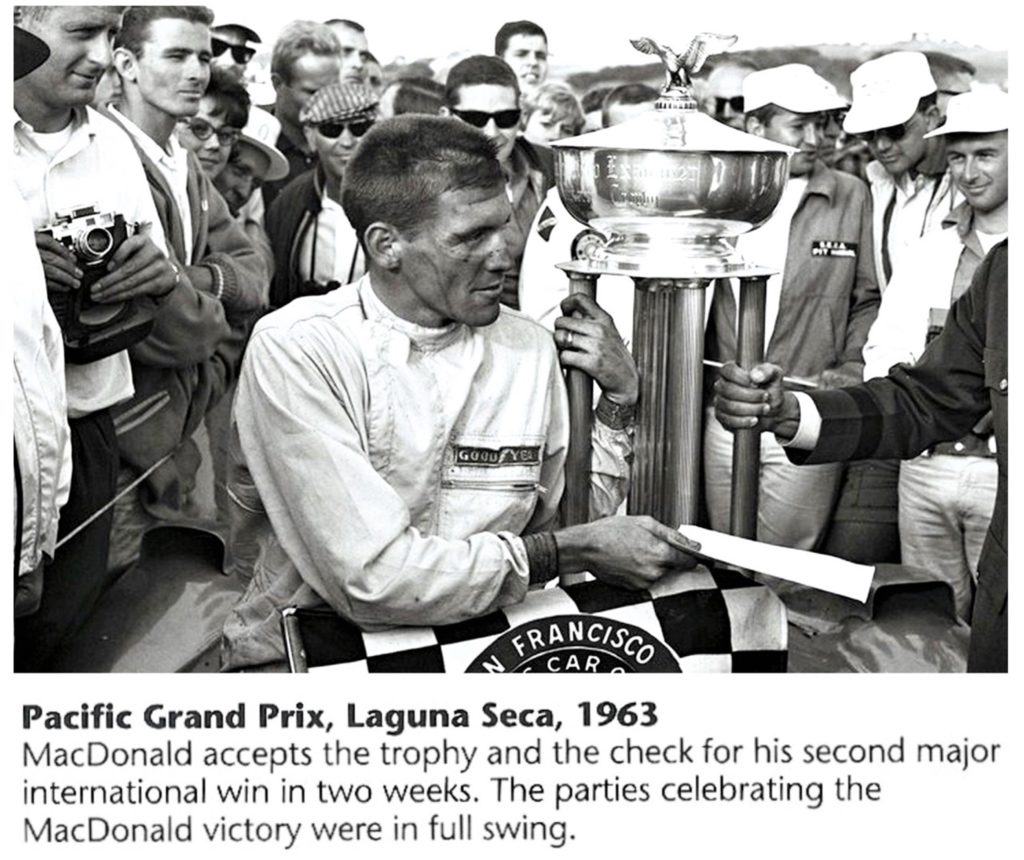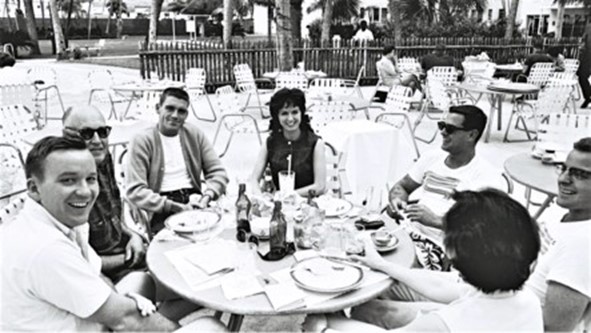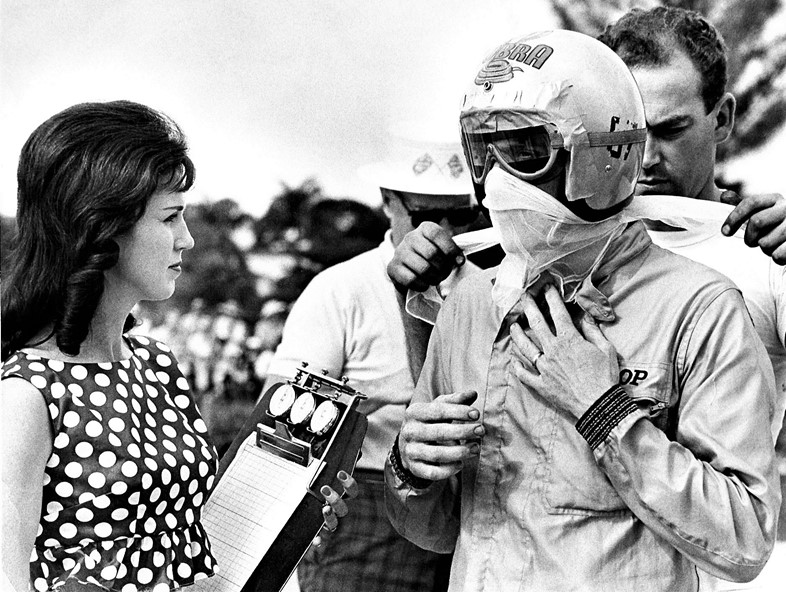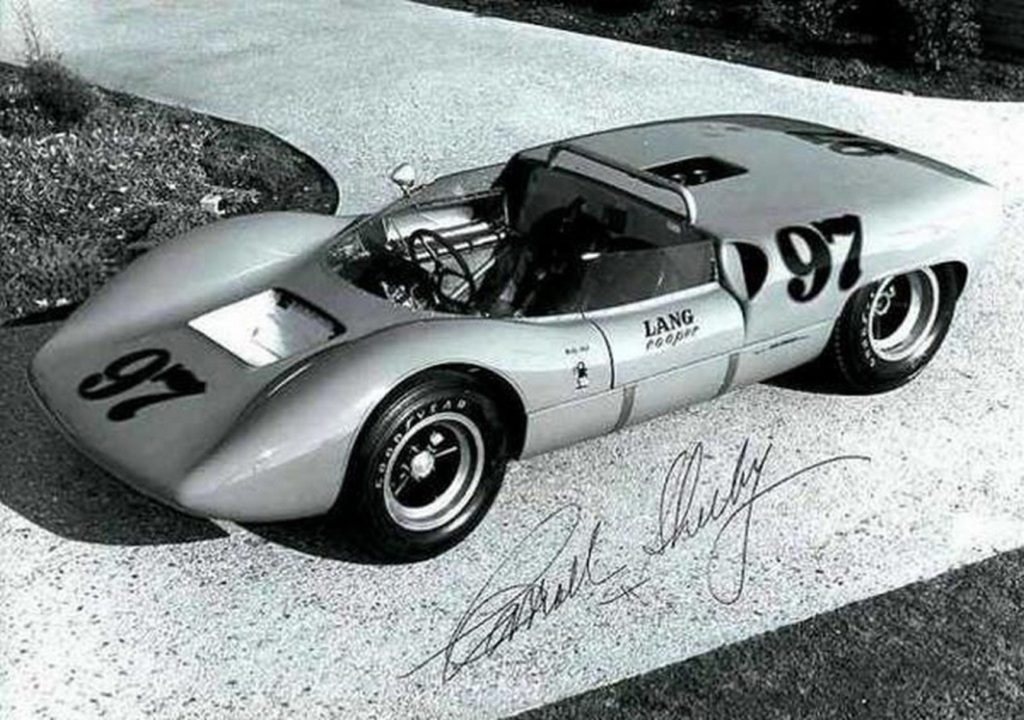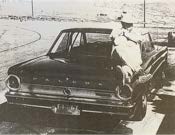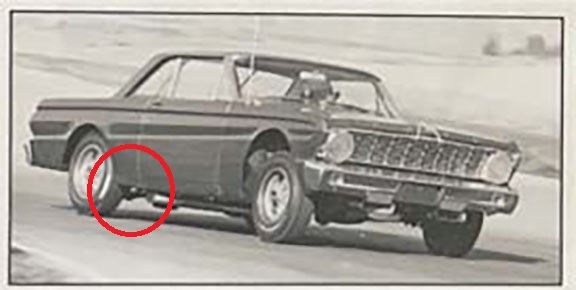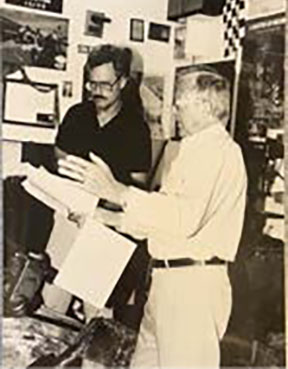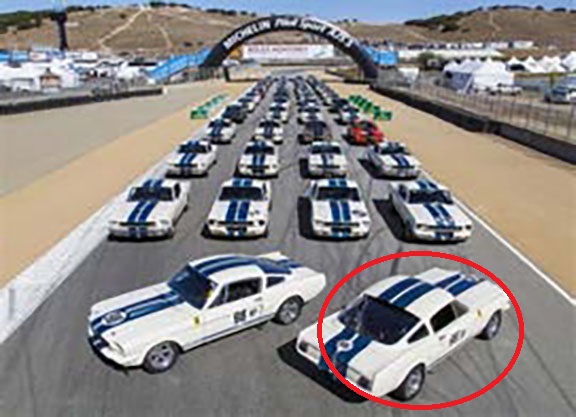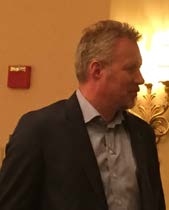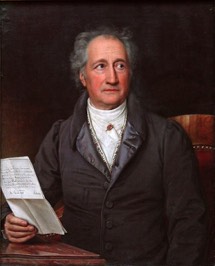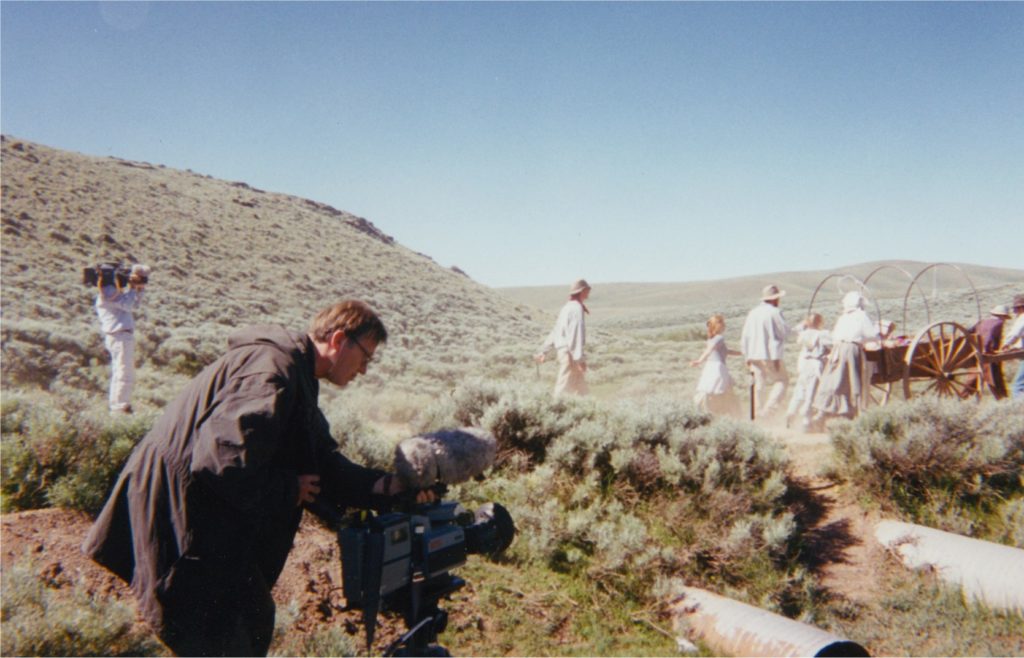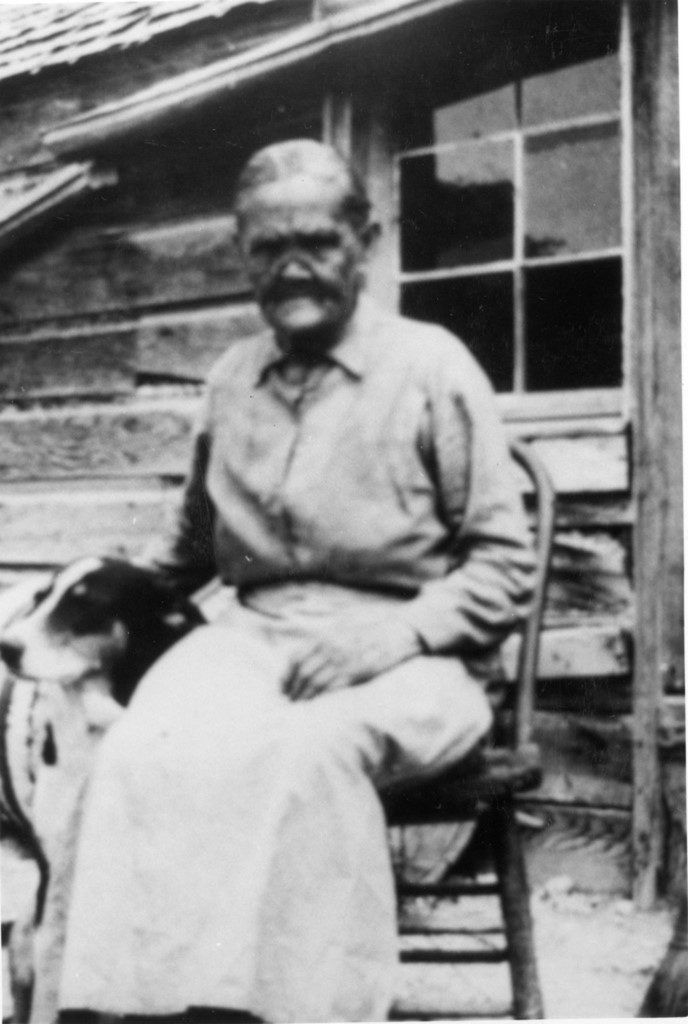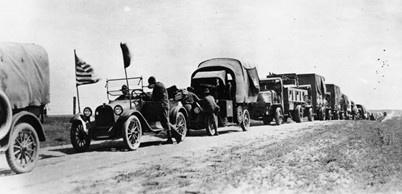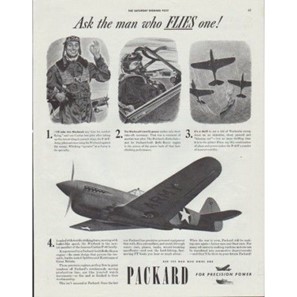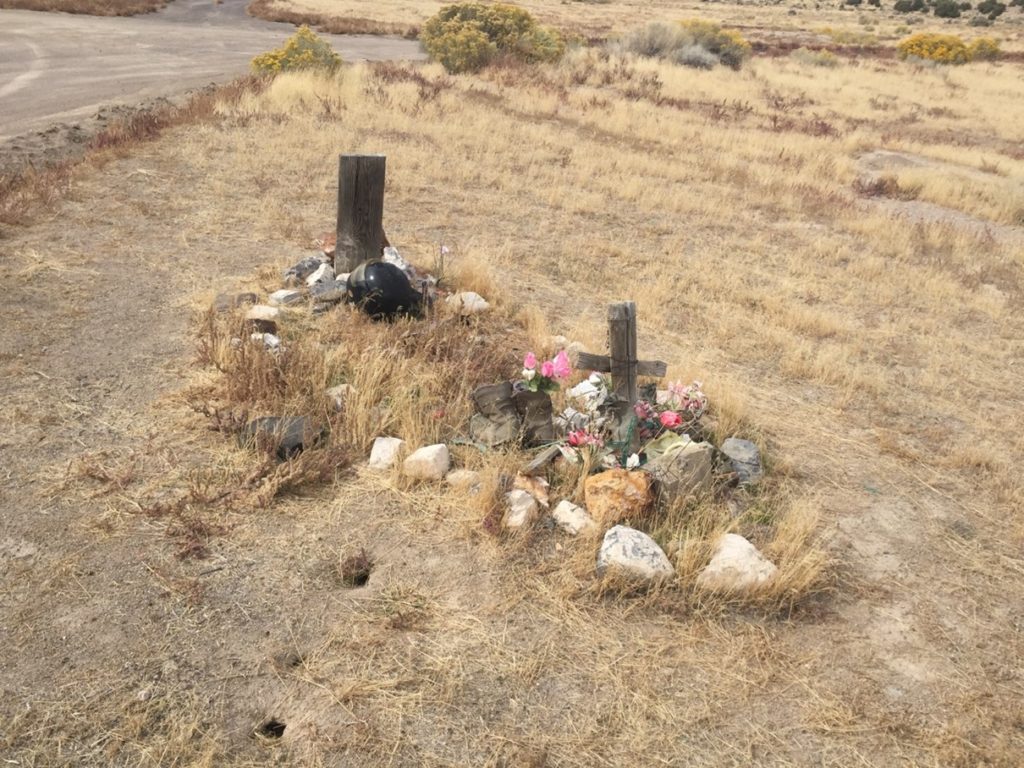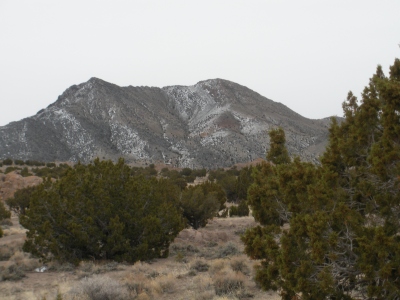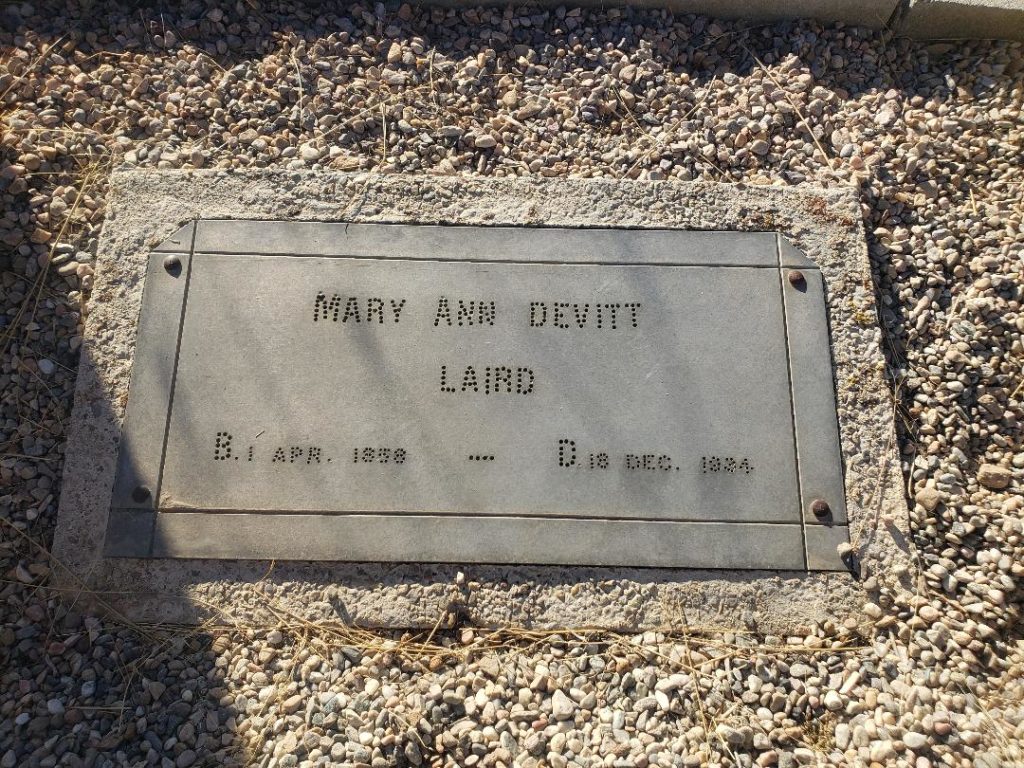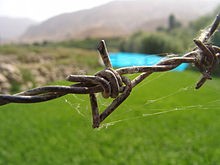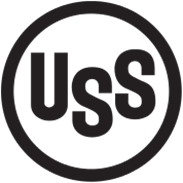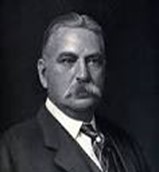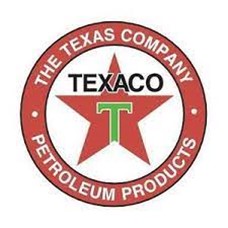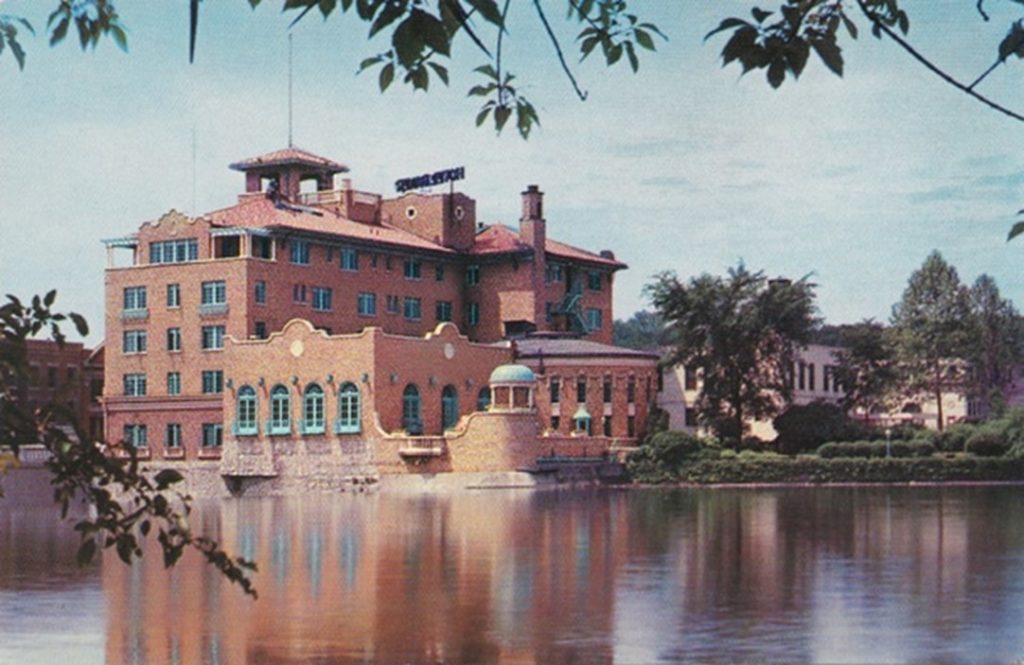In January’s post we looked at the efforts of the MARBON Division of Borg Warner’s attempts to manufacture an “All Plastic Car.” This was the Go-Go 70’s (remember Go-Go Boots and Whiskey A Go-Go?) we’d just put a man on the moon, and anything was possible. MARBON in Parkersburg West Virginia hired me as an Industrial Designer right out of college, so maybe that was true.
MARBON had created a Large Structures Lab to promote the use of ABS (Acrylonitrile Butadiene Styrene) plastic, trade named CYCOLAC, in all sorts of vehicles.

Besides the Gold Line camper, and the CRV (Cycolac Research Vehicle) the Citroen Mehari is pictured. Mehari is the French adaptation of an Arabic word meaning camel. It was based on the Citroen 2CV (Deux Chevaux – pronounced dew-shove-oh). With a front wheel drive 2-cylinder 33 hp motor it could just have easily been named the Tortoise. Zero to 60 was listed as 52 seconds. Sacre Bleu! https://www.youtube.com/watch?v=J-odiBk6jYE

The first 2CV had crank start, three lug wheels, and offered a second headlight as an option. Maybe that explains the big dent in the front bumper. The 2CV stayed in production in various guises thru 1990.
In 1968 Citroen saw a way to rebody the 2CVas a Mehari, somewhat along the lines of the American JEEP. My WW II vet boss said “Yeh, that’s about right. Apparently they’ve used up all the thousands of Jeeps we left behind when the war ended, and they need something to replace ‘em.”

About 7,000 Meharis were immediately purchased by the French military, so maybe he was right … I wonder how that went? Citroen even cooked up a military four-wheel drive version by taking the entire front engine and transaxle assembly, turning it around and putting an extra engine and transaxle in the back, then wired the throttles together to make a two-motored FWD Mehari. That model was discontinued after a short run.
By eliminating the steel body and replacing it with eleven vacuum-formed ABS panels, Citroen drastically reduced part and tooling costs. ABS is a great material, but when used outside it should be painted to reduce the effect of sunlight on the surface. Or you could apply an ACRYLIC film as the freshly extruded ABS passes through the last sizing rollers. It’s easy to do, adds a deep color (ACRYLIC is also known as Plexiglass) and it is not affected by sunlight.

In spite of passionate pleas by MARBON and predictions of disaster by everyone who knew plastics, Citroen would not hear of spending even a few cents extra on the body. “Vee save zee money!”
Citroen and the European division of MARBON decided they would import the Mehari to the US for the 1968 model year. After the big, very welcome, sale to the French military, perhaps Citroen thought they could make some “conquest sales” in the U.S. by converting Jeep buyers into Mehari buyers. The odds of an All American Jeep driver being overcome by passion when first spying a Mehari, not too good..
Citroen imported Mehari as a “utility truck” so it didn’t have to meet any pollution or safety standards. It didn’t even have seat belts.
A space in the Citroen booth at the N. Y. Coliseum Auto Show was reserved for Mehari’s introduction into the Big Time, and a car left France on the most economical freighter they could find. Almost a month later the car arrived, and we got a frantic call from our European rep. now pacing the floor in the Coliseum. “The car looks like s—- ! They deck loaded the S.O.B.! The red color is faded and streaked, and Citroen thinks we are all IDIOTS! The show opens tomorrow and you’d better find a way to fix this!”
After he hung up the phone, we couldn’t decide whether to laugh or cry.
We had a color lab that constantly tested new pigments and other formulations, so they had a bunch of faded examples. Red was (and is) the worst color for fading, and we had stacks of that. We dumped the whole problem into the laps of the color guys, with the caveat that we were going fly two of their techs to N. Y. C. before quitting time, with whatever magic trick they could come up with. They were going to work all night with hand tools (power tools would require UNION labor) and the car’d better look great by sunup. I’m pretty sure neither tech had ever been on an airplane, or even left West Virginia.
To their credit, they did come up with a magic solution, or close to it. As I remember it consisted mostly of diesel fuel, with an acetone kicker (acetone is the active ingredient in model airplane glue) followed by a topping of carnauba wax. The fortified diesel ate the oxidized plastic surface (with some vigorous rubbing) and the wax left behind a shiny surface. Voila!
We hurriedly mixed up a five-gallon batch, put it into a black metal can conspicuously labeled CAR WAX, found a box of red shop towels and told our two boys, “Just put them on the floor between your legs when you get on the on the plane and no one will bother you.” Try that today.
They took the last flight out of Parkersburg, transferred in Pittsburg to a N.Y.C. flight, and our rep met them for a fast limo ride to the Coliseum. Somehow it all worked. No one went to jail, and the car looked great by 9 AM. The two techs and our sales guys, not so much.

The 1968 New York Auto Show. Trust me, there’s a Mehari in there somewhere. Keep looking.
Apparently sales were, umm, disappointing as U.S. imports ended in 1969. Budget Rent A Car continued to offer the Mehari at their beach locations in California and Hawaii for several years. The Mehari also had a cameo in the 1973 Elvis TV special “Aloha from Hawaii via Satellite”… so that was cool.

Your intrepid reporter covering a Mehari in Maui. Wish I had that body again … not the plastic one … the other one.
The Mehari sold about 145,000 units worldwide during its 1968-88 production run. Some people still love ‘em, and the cars are starting to be restored. Several Mehari clubs offer help and comradery, see www.mehariclub.com, and a few parts are being reproduced.
But if you leave yours out in the sun, don’t call me!
Thanks for listening.
Duane
p.s. In an ironic twist of fate, struggling auto makers FCA (which is mostly the Italian government plus Fiat and Chrysler, who bought Jeep in 1987) and struggling PSA (which is mostly the French government plus Peugeot and Citroen) have joined into a company named Stellantis, bringing the Mehari and Jeep brands together.
This corporate mashup has been described as “Two drunks helping each other across the street.” Ciao!




